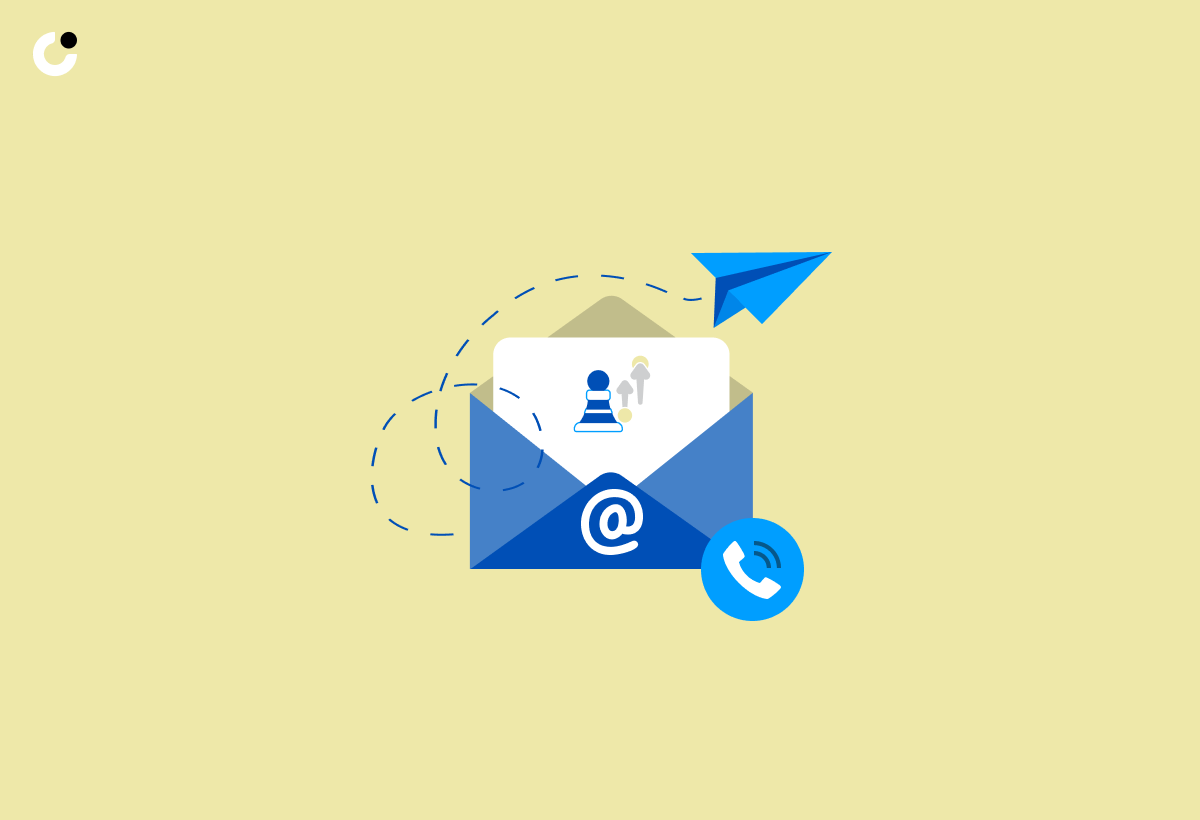Are you striving to improve your sales process and build lasting relationships with your prospects? One often overlooked, yet crucial aspect of sales is the “sales email after phone call”. In this blog post, we will explore the importance of sending timely and well-crafted sales emails after phone calls and how they can significantly impact your sales success.
Key Takeaways
- Sales follow-up emails are essential to the success of the sales process, increasing reply rates and building trust.
- Crafting effective follow-ups requires personalization, context, clarity & brevity with a compelling call to action and eye-catching subject line.
- Leverage automation tools for tracking & measuring success in order to optimize effectiveness and drive data driven decisions.
The Importance of Sales Follow-Up Emails After Phone Calls
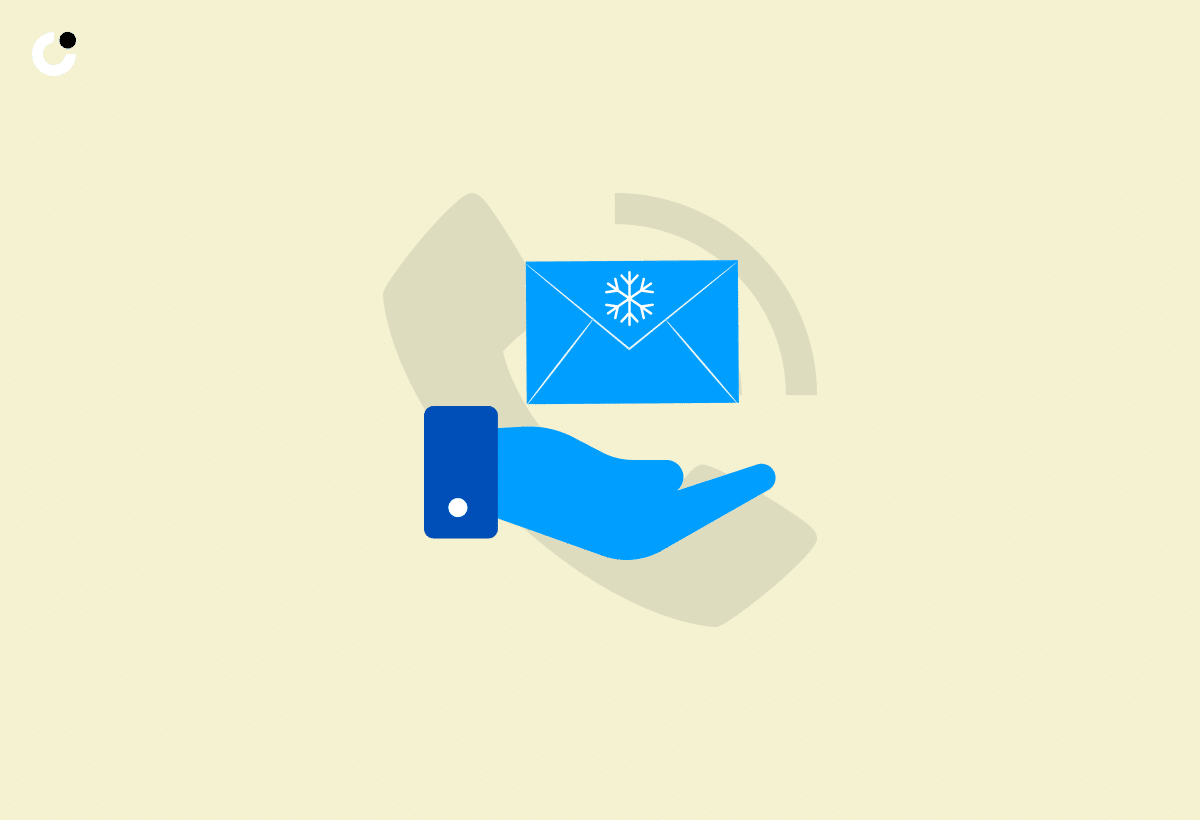
A well-executed follow up sales email can make all the difference in sustaining momentum and cultivating relationships throughout the sales process. Sending a sales follow-up email allows you to confirm the conversation, address any lingering queries or potential next steps, and nurture the relationship with the individual. This attention to detail can help build trust and encourage a prospect to make a purchase. Also, a sales email sent after a phone call could potentially increase the chance of receiving a reply by as much as 21%.
On average, it takes five follow-ups to finalize a sale. Adhering to a follow-up strategy boosts your success odds and yields positive results in the sales cycle. It is recommended to send a follow-up email after three days, with further follow-ups after approximately one week of no response from the prospect. However, the timing can vary depending on the prospect’s engagement and the nature of your product or service.
Offering value is an essential component of a follow-up email. Including additional resources, such as case studies or client testimonials, can help highlight the value of your solution, especially if they relate to a trigger event that the prospect has experienced.
Expressing gratitude in a follow-up email illustrates that you highly regard the conversation and are thankful for the opportunity to converse with the prospect, whether it was a phone call or a networking event.
Crafting an Effective Sales Follow-Up Email
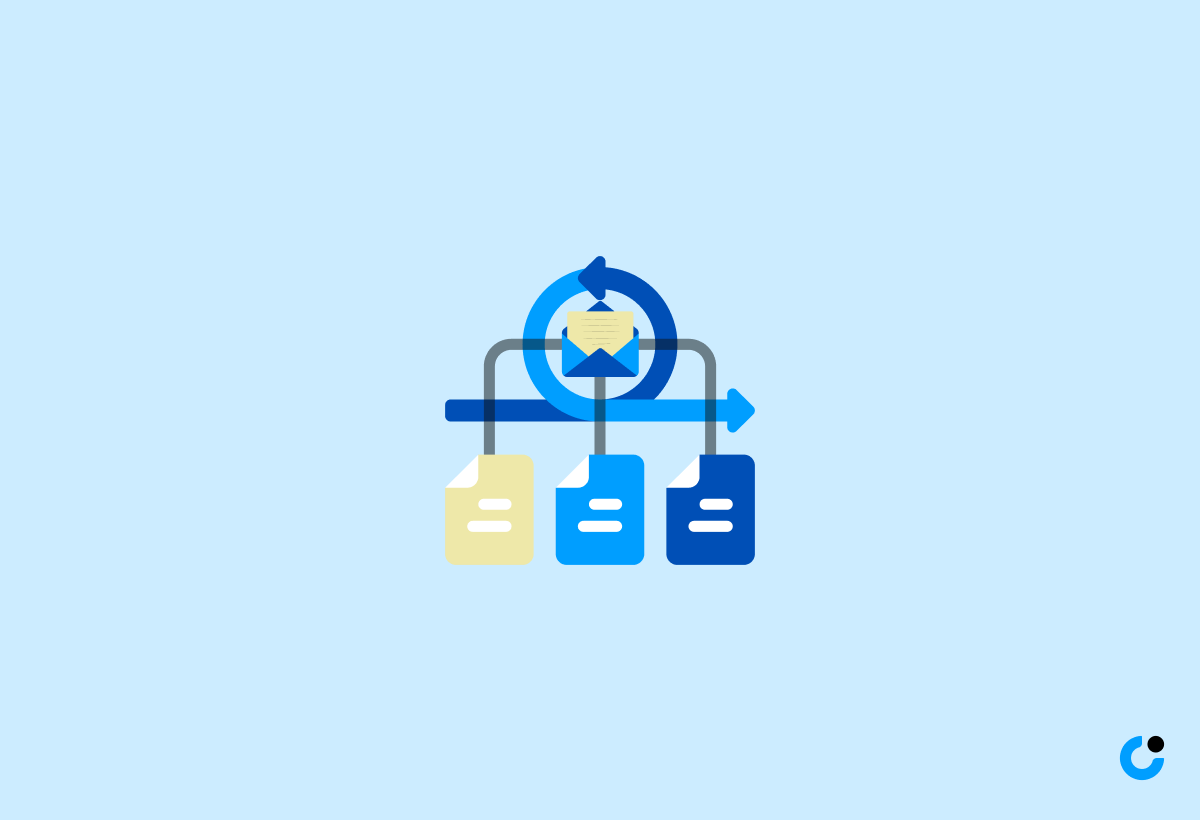
The key to crafting an effective sales follow-up email lies in several elements, including:
- Personalization
- Context
- Clarity
- Brevity
- A compelling call to action
A captivating and relevant subject line is crucial to grab the prospect’s attention. Keep the email short and concise, expressing genuine interest in hearing back from the prospect and providing more value than a generic email.
We will examine each of these key elements in more detail to assist you in crafting the perfect follow-up email.
Personalization
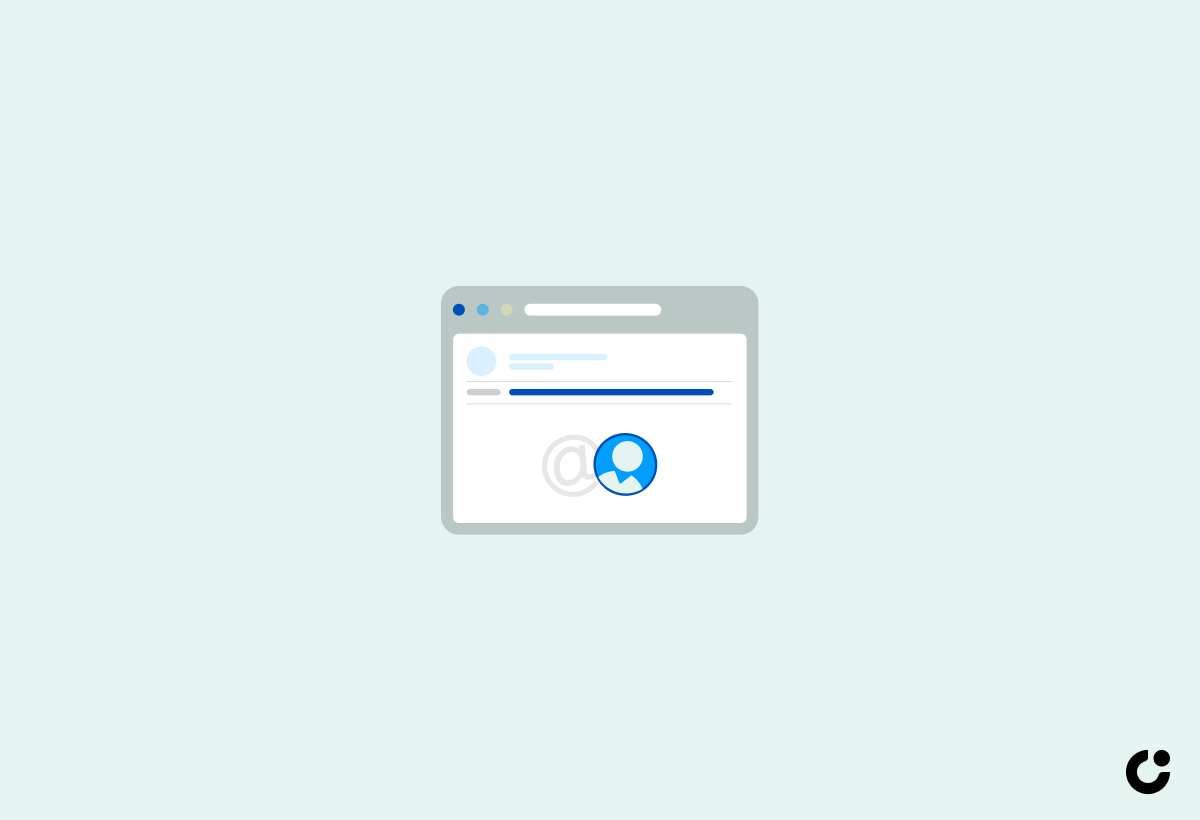
Personalization in follow-up emails plays a significant role in enhancing customer engagement, leading to improved consideration and higher overall engagement rates. Leveraging subscribers’ data and creating relevant and personalized content increases the likelihood of customers interacting with your brand and responding to your email.
Remember, the right person is more likely to engage with your content if it caters to their specific needs and interests.
Context
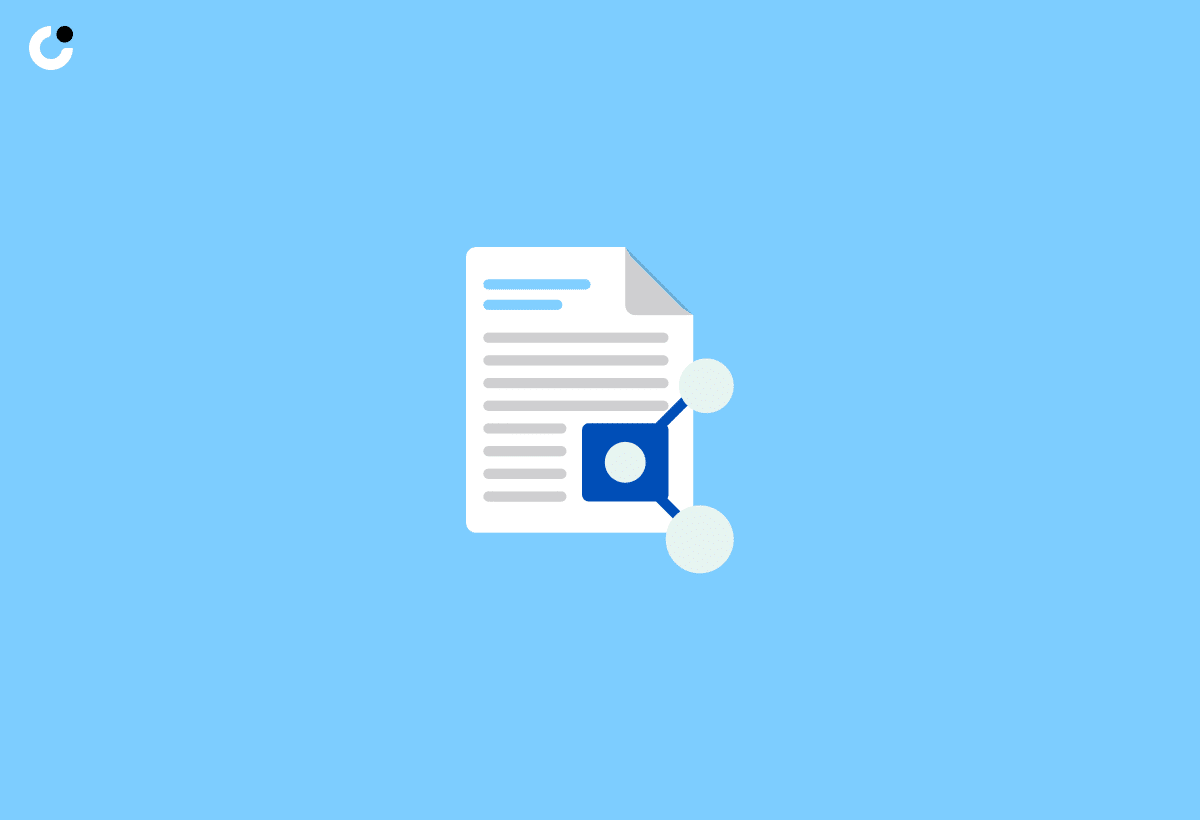
Providing context in follow-up emails is crucial to prevent misunderstandings and ensure effective communication. Refer to the phone conversation and address the key points discussed during the call to create a sense of continuity and familiarity. This shows your attentiveness and aids the prospective client in recalling the conversation, which helps build rapport and trust.
Avoid using ambiguous language or phrases that might confuse the recipient and create a pain point, such as “just”, “following up”, or “touching base”.
Clarity and Brevity

A clear, concise, and straightforward approach to follow-up emails is essential for several reasons. It facilitates:
- comprehension
- boosts response rate
- exudes professionalism
- reinforces credibility
- conserves time
Utilizing concise sentences, maintaining the email length within 100 words or fewer, and segmenting the text into short paragraphs or bullet points can make it easier for the recipient to comprehend and respond to your message.
Studies illustrate that emails with concise sentences and words have a higher response rate, so prioritizing clarity and brevity in your follow-up emails is a must.
Call to Action

A clear and engaging call to action (CTA) in your follow-up email prompts the prospect to take the appropriate action or respond to the email. It also provides an opportunity for the customer to provide feedback and encourages them to make a purchase.
When crafting a persuasive CTA, follow these tips:
- Be brief and direct
- State clearly what the recipient should do
- Utilize persuasive wording
- Create a sense of urgency
- Recognize the recipient’s interest and demonstrate faith in the value of your offer
- Make it easy for them to take the desired action.
Subject Lines That Get Noticed

A compelling subject line is vital to ensure your follow-up email is noticed and opened. Keep it brief, no more than 50 characters, and relevant to the content of the email and the date of the call. Creating an eye-catching and interesting subject line increases the chances that the recipient will open and read your message.
Some examples of captivating subject lines include “A recap of our proposal” or “Following up on our call – [Company Name] solutions.” Be creative and think about what would pique the interest of your prospect.
Remember, the email subject line is the first thing the recipient sees, and it plays a significant role in determining whether your email will be read or discarded.
Timing Your Sales Follow-Up Emails
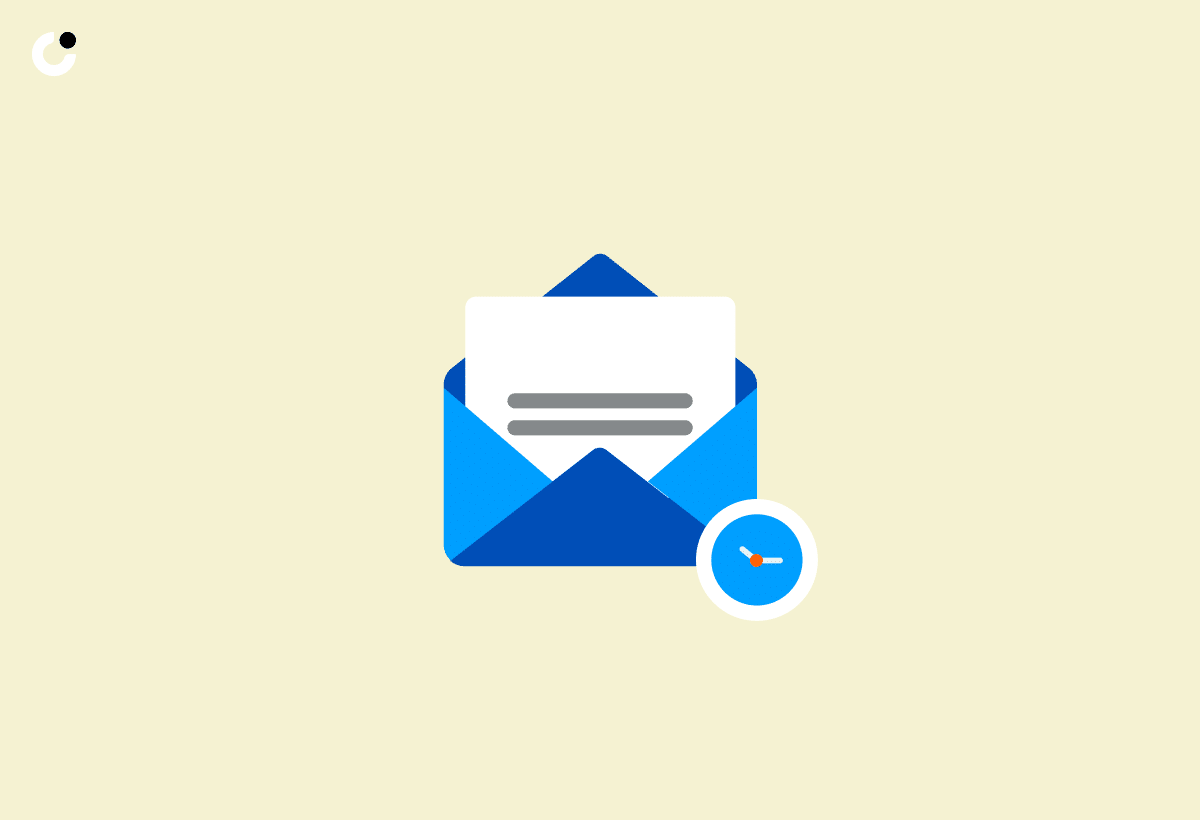
Optimal timing is key to the effectiveness of follow-up emails. Research from HubSpot suggests that the most advantageous times to send a sales follow-up email are between 9 a.m. to 12 p.m. and 12 p.m. to 3 p.m.. However, the best time to send your follow-up emails can differ based on your target audience, industry, among other factors.
Keep in mind the recommended timeframes for sending follow-up emails, such as three days after a phone call and one week after no response from the prospect. Be flexible and adapt your follow-up strategy according to the prospect’s engagement and the nature of your product or service to maximize the effectiveness of your follow-up emails.
Sales Follow-Up Email Templates
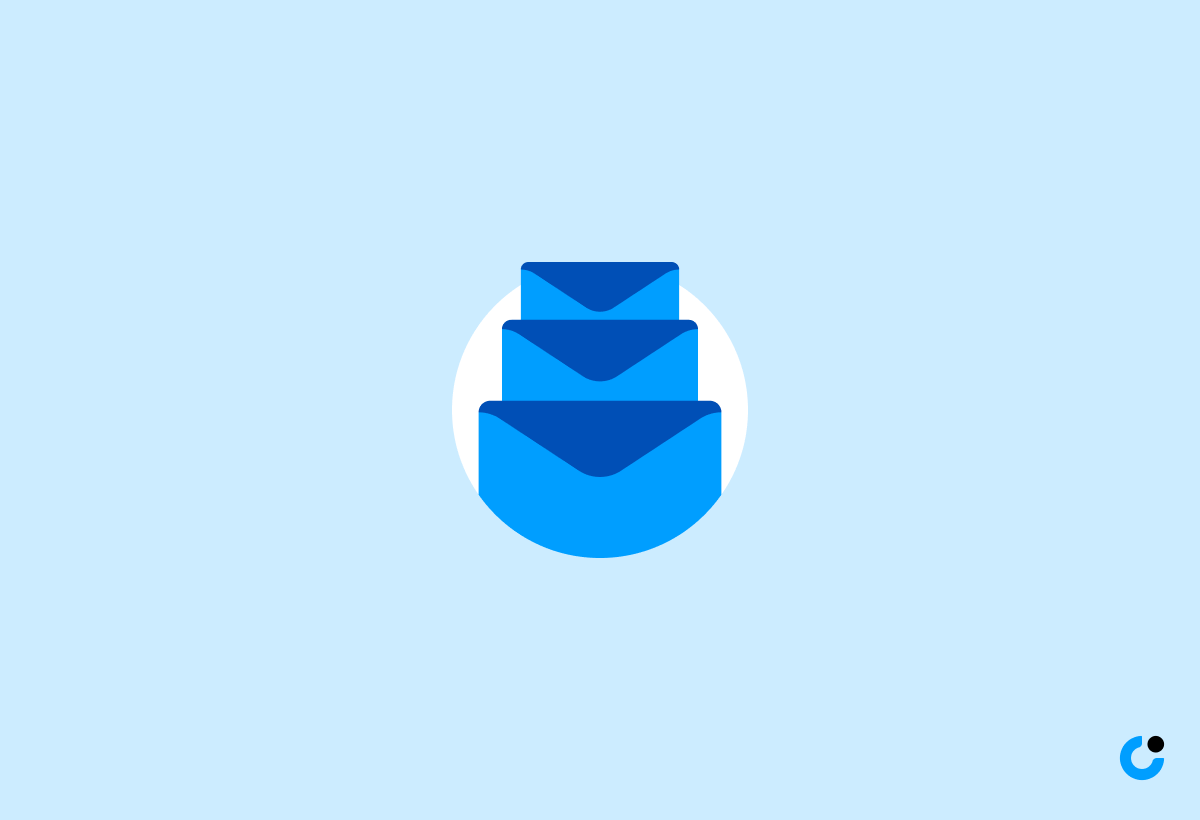
A range of follow-up email templates, tailored to different sales channels and scenarios can significantly aid sales professionals in creating effective follow-up emails. These templates can serve as a starting point, allowing sales reps to customize them according to the specific needs and interests of their prospects.
Some examples of follow up email templates include a follow up email template for:
- Post-phone call follow-up
- Thank you for your time email
- Check-in email
- “Let’s take another look” email
With a variety of templates at your disposal, you can make sure your follow-up emails are timely, pertinent, and engaging, thereby enhancing your prospects of closing deals and fostering enduring relationships with your prospects.
Common Mistakes to Avoid in Sales Follow-Up Emails
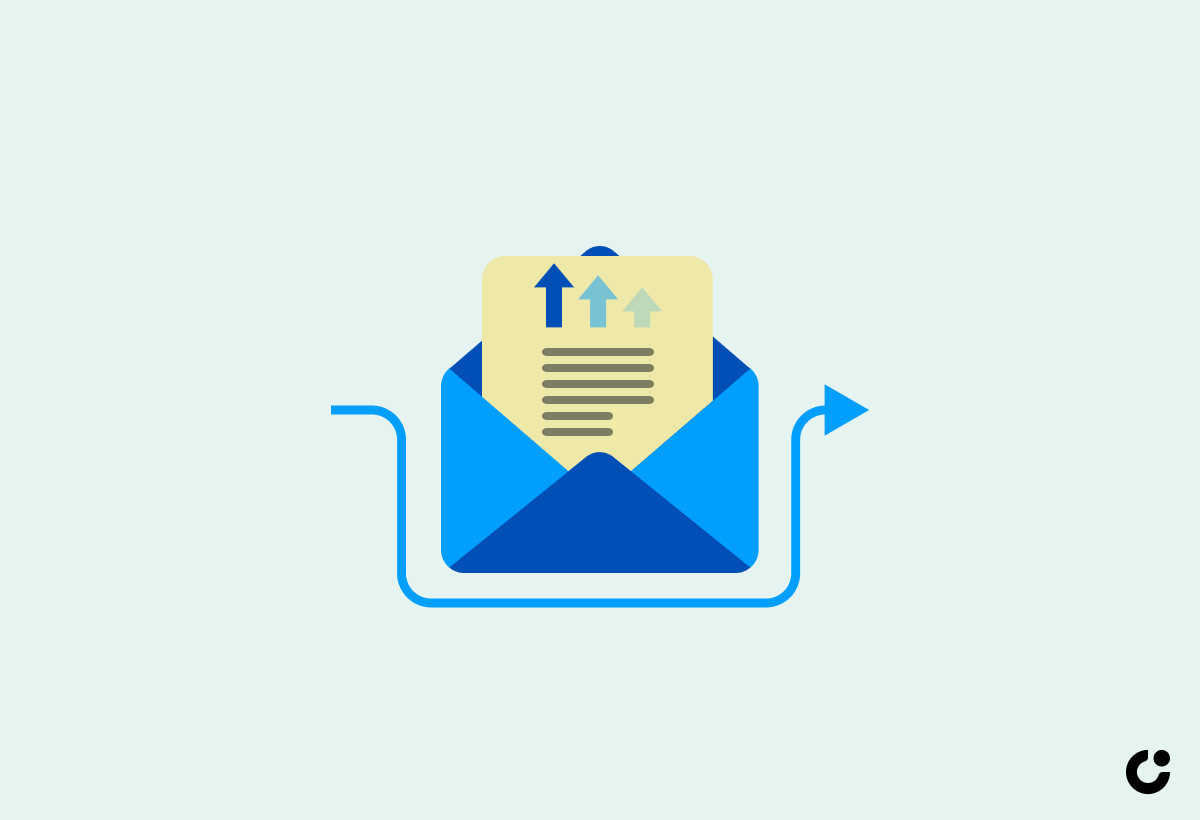
When creating and dispatching follow-up emails, being aware of common pitfalls that can hamper your sales success is important. Some common mistakes to avoid include:
- Not following up promptly
- Burying key information in long text
- Not providing adequate context
- Appearing robotic
- Giving up too quickly
- Crafting weak subject lines
- Failing to include context
- Not including a call to action
- Sending too many emails
- Writing overly long emails
Being aware of these common errors and aiming to create succinct, personalized, and contextually relevant follow-up emails, can notably improve your follow-up effectiveness and enhance your prospects of closing deals and forming enduring relationships with your prospects.
Tracking and Measuring Success of Sales Follow-Up Emails
For optimal effectiveness of your follow-up emails, tracking and measuring their success using various metrics and tools is vital. Monitoring open rates, click-through rates, and conversion rates can help you gauge the effectiveness of your follow-up emails and provide valuable insights into areas that may need improvement.
Leveraging email tracking software, analytics tools, and customer relationship management (CRM) systems can assist you in monitoring email engagement and refining your follow-up strategy. By continually tracking and measuring the success of your follow-up emails, you can make data-driven decisions to enhance your sales process and ultimately boost your sales success.
Leveraging Automation and CRM Tools for Sales Follow-Ups
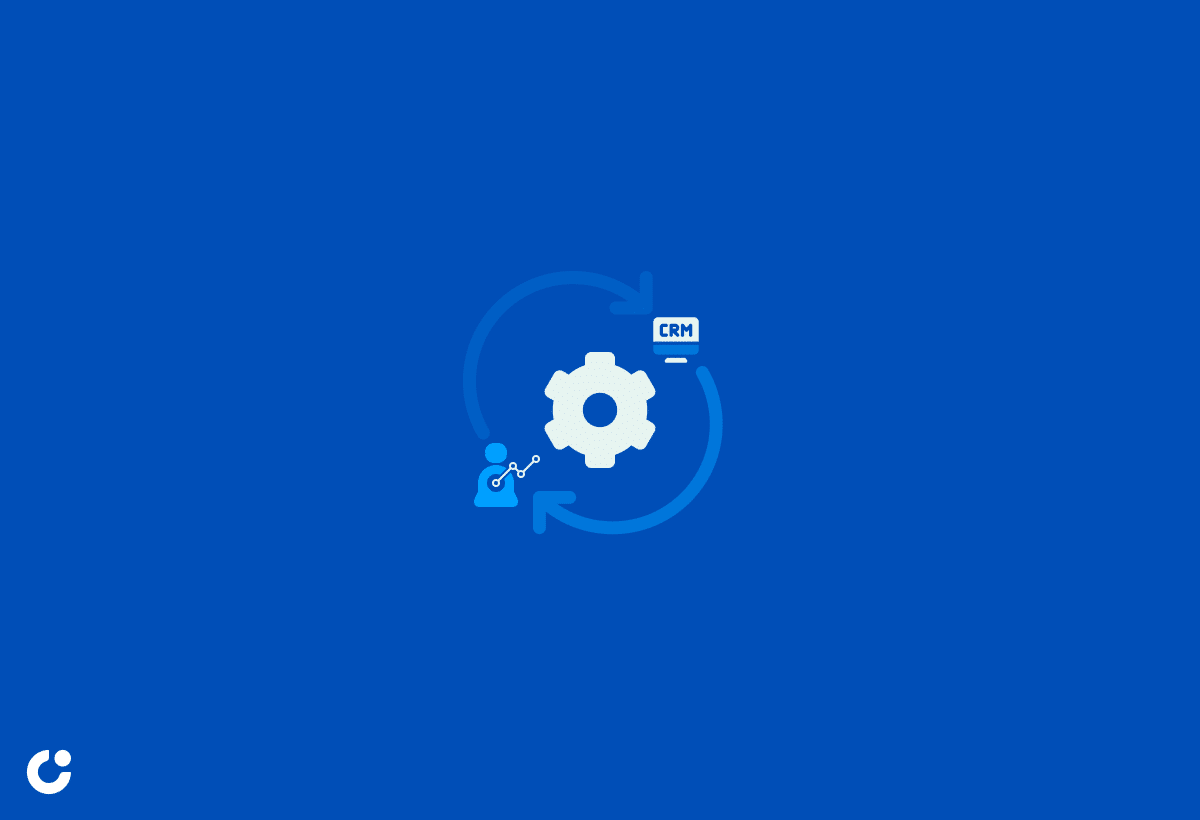
Using automation and CRM tools can refine and optimize the sales follow-up process, leading to more efficient and efficacious follow-ups. These tools can help sales reps stay organized and manage their follow up sequence, ensuring that no prospect falls through the cracks.
Tools such as Klenty, an automated email tracking platform, and Zendesk Sell, a customer relationship management (CRM) solution, can greatly assist sales professionals in managing their follow-ups and tracking email engagement. By leveraging these tools, you can ensure that your follow-up emails are timely, relevant, and engaging, ultimately leading to improved sales outcomes and stronger relationships with your prospects.
Summary
In conclusion, crafting well-timed, personalized, and contextually relevant follow-up emails is crucial for maintaining momentum, building relationships, and ensuring clear communication throughout the sales process. By avoiding common pitfalls, leveraging automation and CRM tools, and tracking the success of your follow-up emails, you can significantly enhance your sales success and forge lasting connections with your prospects. Remember, the key to success lies in staying persistent, adaptable, and focused on delivering value to your prospects at every stage of the sales journey.
Frequently Asked Questions
How soon should I send a follow-up email after a phone call?
Send a follow-up email after three days.
What are some key elements of an effective follow-up email?
Personalize the email, provide relevant context, be clear and concise, and finish with a compelling call to action for the reader.
How can I make my follow-up email subject lines more attention-grabbing?
Keep subject lines brief, relevant, and interesting to capture the reader's attention.
What are some common mistakes to avoid in sales follow-up emails?
Avoid following up too late, writing long emails without key information, appearing robotic, giving up quickly, using weak subject lines, failing to include context or a call to action, sending too many emails, and writing overly long emails for an effective sales follow-up.
How can I track and measure the success of my sales follow-up emails?
Monitor your sales follow-up email success by using email tracking software, analytics tools, and CRM systems to track engagement and refine your strategy.

